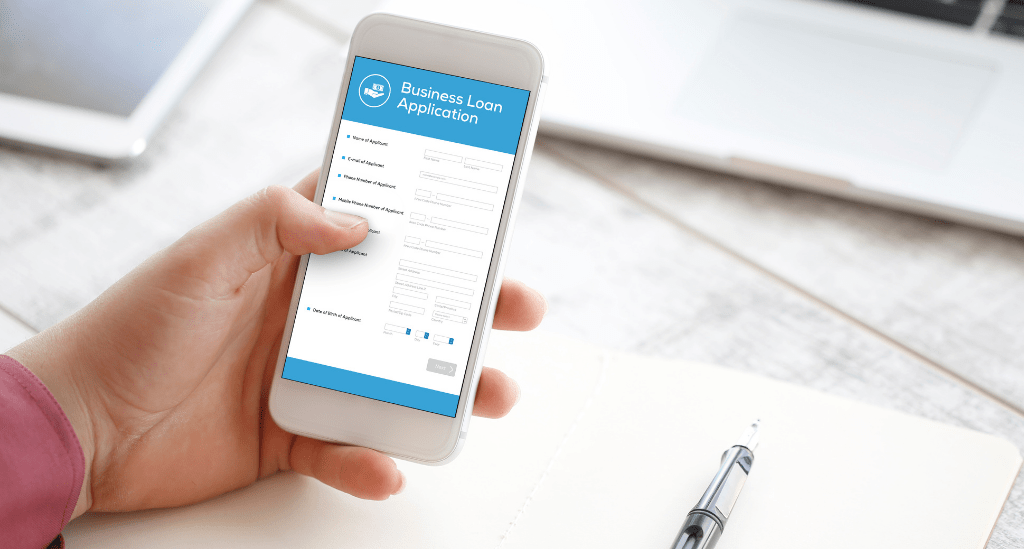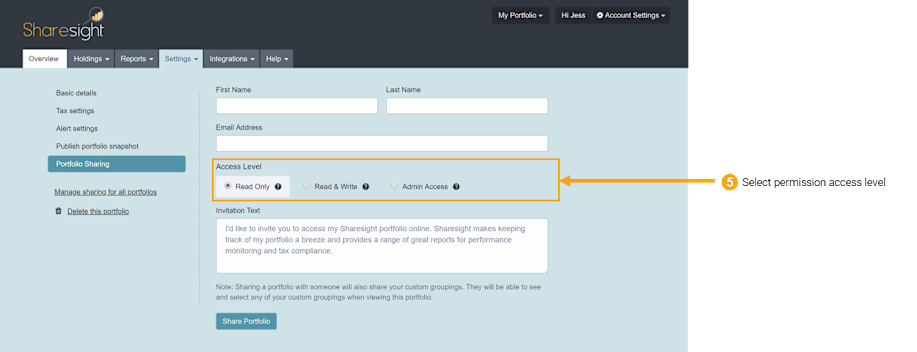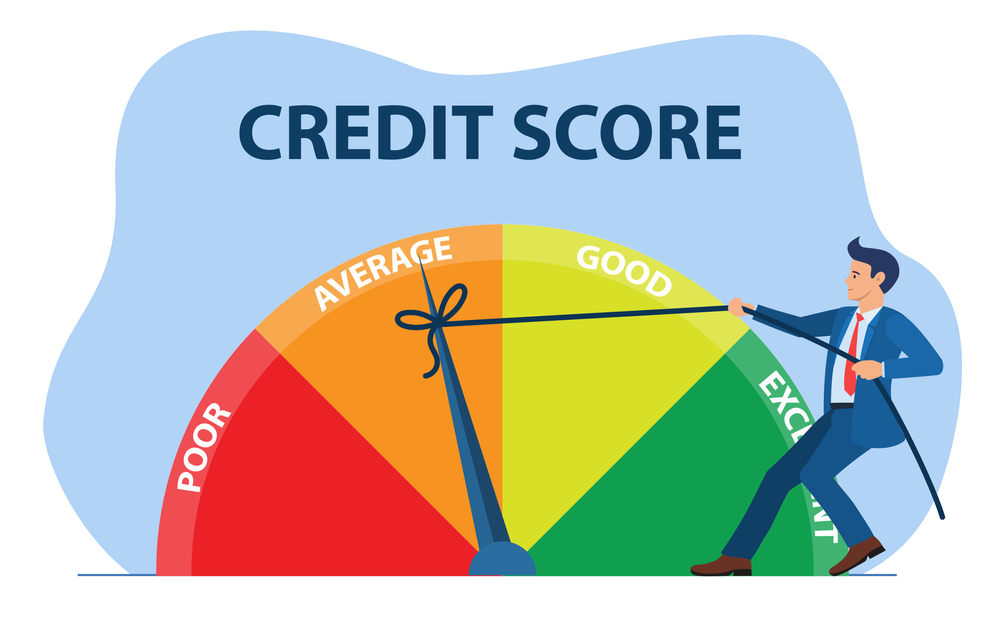Are you tired of all the misleading information out there on how to lose body fat fast? Look no further. This article examines the most effective and safe ways to shed those extra pounds.
1. Ditch the fad diets
Many diets promise quick weight loss by restricting certain foods or food groups. However, these diets are often not sustainable and can lead to nutrient deficiencies.

The best approach is to focus on a well-balanced diet that includes plenty of fruits, vegetables, whole grains, lean proteins, and healthy fats. This will provide the necessary nutrients and energy for your body to function optimally while also promoting weight loss.
2. Incorporate strength training
Many people associate weight loss with cardio, but strength training is actually just as important. This type of exercise builds muscle, which increases your metabolism and helps you burn more calories throughout the day.
Incorporate strength training exercises, such as weightlifting or bodyweight exercises, into your fitness routine for optimal results.
3. Get enough sleep
Getting enough sleep is essential for overall health and can also aid in weight loss. Lack of sleep can disrupt hormones that control appetite, leading to increased cravings and overeating.
Make getting 7-8 hours of sleep a priority to support your weight loss efforts and improve overall health.
4. Avoid liquid calories
Soda, juice, and other sugary drinks are high in calories and can contribute to weight gain. Instead, opt for water, unsweetened tea or coffee, or sparkling water with a splash of fruit juice for flavor.

Making this simple switch can have a significant impact on your weight loss journey.
5. Practice mindful eating
Mindful eating involves paying attention to the food you're eating and being present in the moment. This can help you better understand your hunger and fullness cues, reducing the likelihood of overeating.

Try to eat without distractions, such as watching TV or scrolling through your phone, and savor each bite.
6. Stay hydrated
Drinking enough water is crucial for weight loss and overall health. It helps to flush out toxins, regulate appetite, and improve digestion.
Carry a water bottle with you throughout the day and aim for at least 8 glasses of water per day.
7. Don't skip meals
Skipping meals may seem like a quick way to reduce your calorie intake, but it can actually do more harm than good. Skipping meals can slow down your metabolism and lead to overeating later in the day.
Instead, aim to eat regular meals and snacks throughout the day to keep your metabolism revved up and your energy levels stable.
8. Find healthy ways to manage stress
Stress can be a major contributor to weight gain and can make it more difficult to lose weight. Find healthy ways to manage stress, such as through meditation, yoga, or deep breathing exercises.

Incorporating stress-relieving activities into your routine can help you stay on track with your weight loss goals.
9. Monitor your progress
Keep track of your weight loss progress to stay motivated and on track. This can be done through regular weigh-ins, taking measurements, or simply noticing how your clothes fit differently.

Celebrate your progress along the way to keep yourself motivated and focused.
10. Be patient
Remember that weight loss is a journey, and it takes time. Be patient with yourself and your body, and don't give up if you don't see results right away.
Adopting a healthy lifestyle takes time, but the benefits are well worth it.
By incorporating these 10 tips into your weight loss journey, you can achieve your goals in a safe and sustainable way. Remember to focus on overall health and wellness, and the weight loss will follow.



































